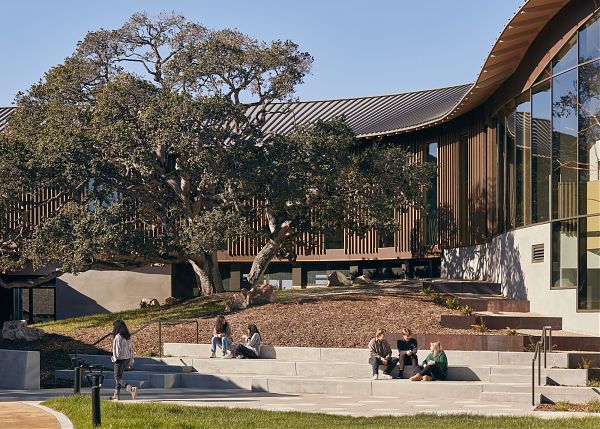How Design Promotes Better Mental Health for Children

Mass timber and prefabricated elements make Ohana a potential prototype. Photo by Ty Cole.
A clinic designed by NBBJ to incorporate light and nature is part of a sea change in the way that psychiatrists approach children’s behavioral health.
On film, mental health facilities designed for children are too often pale and plastic. Think of the linoleum-floored corridors of Girl, Interrupted, the institutional green trim of It’s Kind of a Funny Story. Behavioral clinics for youth are aggressive in their lack (of color, of amenity, of detail), underlining patients’ separation from the outside world by aesthetically aligning mental health treatment with medical intervention. Fluorescent lights, the sound of a turning lock, barriers to entry, barriers to exit.
In most places, the reality is not so far off from the cinematic stereotype. Both mind and body may be in crisis, but do they need to be treated — architecturally — the same way?
“When people come into emergency rooms, when they need surgery, they expect to be passive recipients of care in sterile spaces,” says Susan Swick, executive director of the new Ohana Center for Child and Adolescent Behavioral Health in Monterey, California. “When you come into a space for mental treatment, these are not passive treatments. It is critical that we engage a child’s curiosity, their sense of agency, rather than surrender.”
On X
Follow @LangeAlexandraOn Instagram
Featured articles
CityLab
New York Times
New Angle: Voice
Getting Curious with Jonathan Van Ness